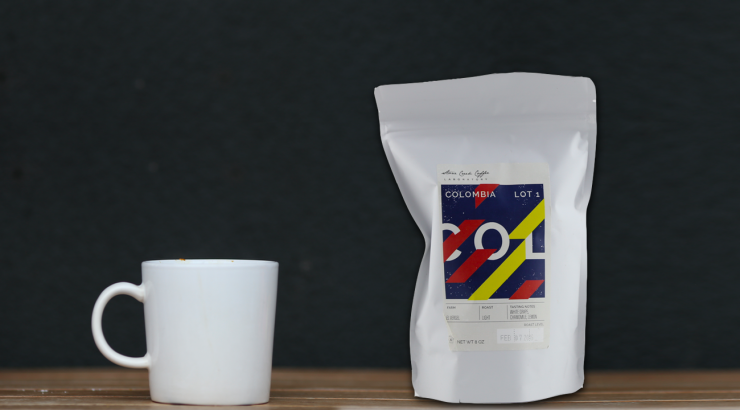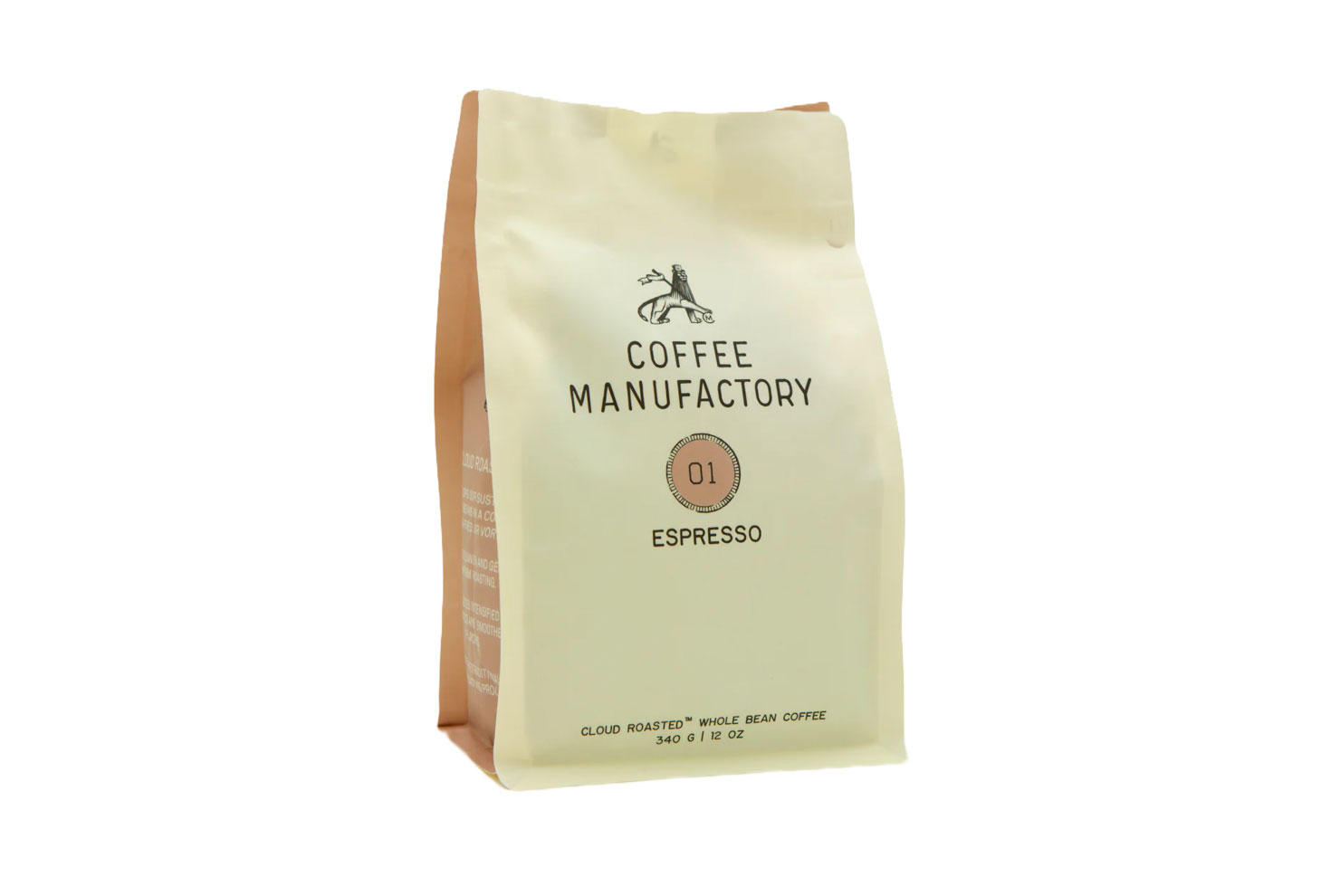
Since launching our weekly coffee design series on coffee packaging design in 2015, we’ve been overjoyed by the response. Roasters from around the world have reached out to have their brands featured, and we’ve been on the receiving end of some stunning, gorgeous, and innovative submissions. But a recent Package arrived at our door that took things a step further, from our friends & partners at Stone Creek Coffee in Milwaukee, Wisconsin. It’s a brand new project called Field Reports, grown out of Stone Creek’s Case Study box sets designed to shine a light on notable producing partners in different coffee growing regions. We couldn’t just admire the box for its beauty alone; this Field Report demands a deeper look.
To learn more, we reached out to Stone Creek’s co-owner Eric Resch, as well as Stone Creek Director of Coffee Christian Ott, to talk lot building, coffee varieties, producing country “soulmates”, and where the Case Studies / Field Reports project is headed next. At time of publication there are Field Report box sets remaining from Stone Creek, but act quick if this piques your interest—this is a limited-edition project.

Please tell me a bit more about the design inspiration behind the box set. Why the posters? Why the box set style?
Christian Ott: The goal behind our box set project is to create something that is immediately accessible for our customers to engage with. It is easy for us to geek out on really high-end coffees (and we often do in our lab), but often, these coffees are not accessible to the general public (especially here in Milwaukee, where roast and low acidity are often preferred). Our goal in a kit is to explore one topic—but make it both simple so that anyone could pick it up and learn something but also geeks can still dig it. This is our first “Field Report” Box Set, where we dive deep into a particular origin. The format of a box set allows us to provide a customer with multiple examples of whatever theme we are working on. Moreover, the poster is a concise way of communicating both visually and anecdotally what we are doing.
There’s a line in the box set poster that says “Colombia is our coffee-producing soulmate”—but why? Where does that affinity come from for Stone Creek?
Eric Resch: We consider Colombia a “soulmate” because a lot of the specialty coffee produced in Colombia has the potential to meet our criteria. Due to the terroir, processing, and drying constraints, we tend to find many Colombians have that special balance of “Sweet, Clean and Juicy.”
We are also currently stoked about Colombia because it is so diverse. We love being able to find fresh jammin’ coffee throughout the year. Finally, I get jazzed to find 85, 86, 87 coffees on the table from places others might not consider.

Your field report poster shares a lot of information—elevation, variety, geography, beer consumption (lol)—so please talk to me about why you included the info you did. And was there any info you had to leave out?
CO: There is so much that you can explore in Colombia, and for this one we had a two-page list of ideas that we had to cut down. What we wanted to do was provide a simple overview of the 2-3 things we thought were unique to Colombia. We came up with harvest cycles, growing regions, varieties, and a little bit on processing. However, yeah, there was still a ton of information that we could have added in.
What inspired the Field Reports project? What have you profiled so far, and where do you want the project to go next?
CO: This is our first “Field Report” of a given country. We’ll likely target 1-2 countries per year. We also do “Case Study” box sets, where we do an experiment with a producer—so far we’ve done Case Studies on “One Coffee, Three Processes,” “One Coffee, Three Roasts,” “Honey Processing,” and “One Farm, Three Altitudes.”

The other person in all this is Danilo Caro, your coffee producing partner, who sounds like he has a fascinating history converting from dairy farming to coffee growing. I’ll avoid making the obvious “Wisconsin love of dairy farmers” joke but I’m just curious—what’s your relationship like with Danilo? Has he seen the Field Report box yet? What does he think of all this?
CO: Our relationship with Danilo is brand new. In fact, we were just lucky enough to be cupping in Colombia when we did. Danilo had just delivered his first set of samples to the team at Azahar—and they happened to be on the table when we arrived. As we often say, the cup does not lie—and these coffees scored extremely well. You could tell right away that something was up (in a good way). We went to go visit Danilo the next day and got a chance to walk El Vergel and see all the old/heirloom trees on his farm. I know that he knows that we bought his coffee and that we were asking a lot of questions after the fact. We have a Box Set in the mail to him right now…we are looking forward to hearing his feedback.
I do this sometimes, though. I get excited about a coffee—buy it—and then need to figure out what to do with it. I knew that I had three different lots from El Vergel, and I thought about doing a Case Study on different compositions of varieties in a “blend”. But thought that would be too complicated and unclear to the customer. Also, Danilo is still going through the farm (he’s only had it for a few years) and learning all the coffee on the farm. So, I wanted to paint it as a quick snapshot of old varieties, undisturbed, and tell the story of an entire country through the lens of those coffees.
In the box set poster, you talk about the coffee varieties growing at El Vergel as “the past and future of Colombian coffee’—expand on that please.
CO: The past refers to the varieties growing on the farm. As we were walking through, for some reason, there was a whole bunch of different Colombia, Castillo, Caturra, and heirloom varieties planted throughout the farm. Each new generation of Colombia/Castillo plants are slightly different—the same with Caturra or any other variety. So, we stumbled into something that was pretty amazing.
The future refers to the way Danilo invested back into the farm—and knowing that specialty route is the only way to make it happen. In just a year, he had to completely renovate all the walking paths and invested in the wet/dry milling operations. His picking was fantastic. This farm could have easily been delivered to a cooperative coffee mill for generations without understanding the quality here. At some point, it may be fun to separate out the varieties and see how each one contributes to the overall cup profile, but that’s probably a couple years down the road.
Which lot in the box is your personal favorite?
CO: I’m a fan of very subtle and delicate flavors—so I’m drawn to Lot 2. There is a distinct passion fruit flavor in this coffee followed by a sweet graham cracker finish. According to Danilo, this lot is about 20% Yellow Colombia, 80% Red Colombia with scattered Red/Yellow Caturra, and a few heirloom trees.

Each lot is a blend of different coffee varieties—were you able to try, say, Yellow Bourbon or Caturra coffees from Danilo on their own? Lot building (like wine blending or choosing hops) is a real art and I’m just curious if you can expand on that a bit for us.
CO: Indeed, it’s an art, and I think it’s an unappreciated one at most. I can’t speak well to what goes through a producer’s mind when he/she plants mixed varieties on a farm in terms of cup profile. But, I do wager they think about sustainability.
Many specialty roasters today are infatuated with single-variety coffees. While they’re sexy and taste amazing, they’re not necessarily sustainable in the long term. Monocultures scare me—and they should scare everyone who loves amazing coffee. Given the severity of diseases like coffee rust and broca, we should be encouraging farms to have a strong diversity of coffees. Indeed, all the different varieties can contribute uniquely to a cup quality, but equally important is the terroir and processing done to those varieties. For the longest time, we had this negative perception of Catimors. However, when you taste something like Danilo’s coffees (primarily Colombia/Catimor varieties), you get a glimpse of how insignificant varieties may be to the overall cup profile. Could a Gesha or Ethiopia Typica score a point or two higher? Probably.
Jordan Michelman is a co-founder and editor at Sprudge. Read more Jordan Michelman on Sprudge.





























